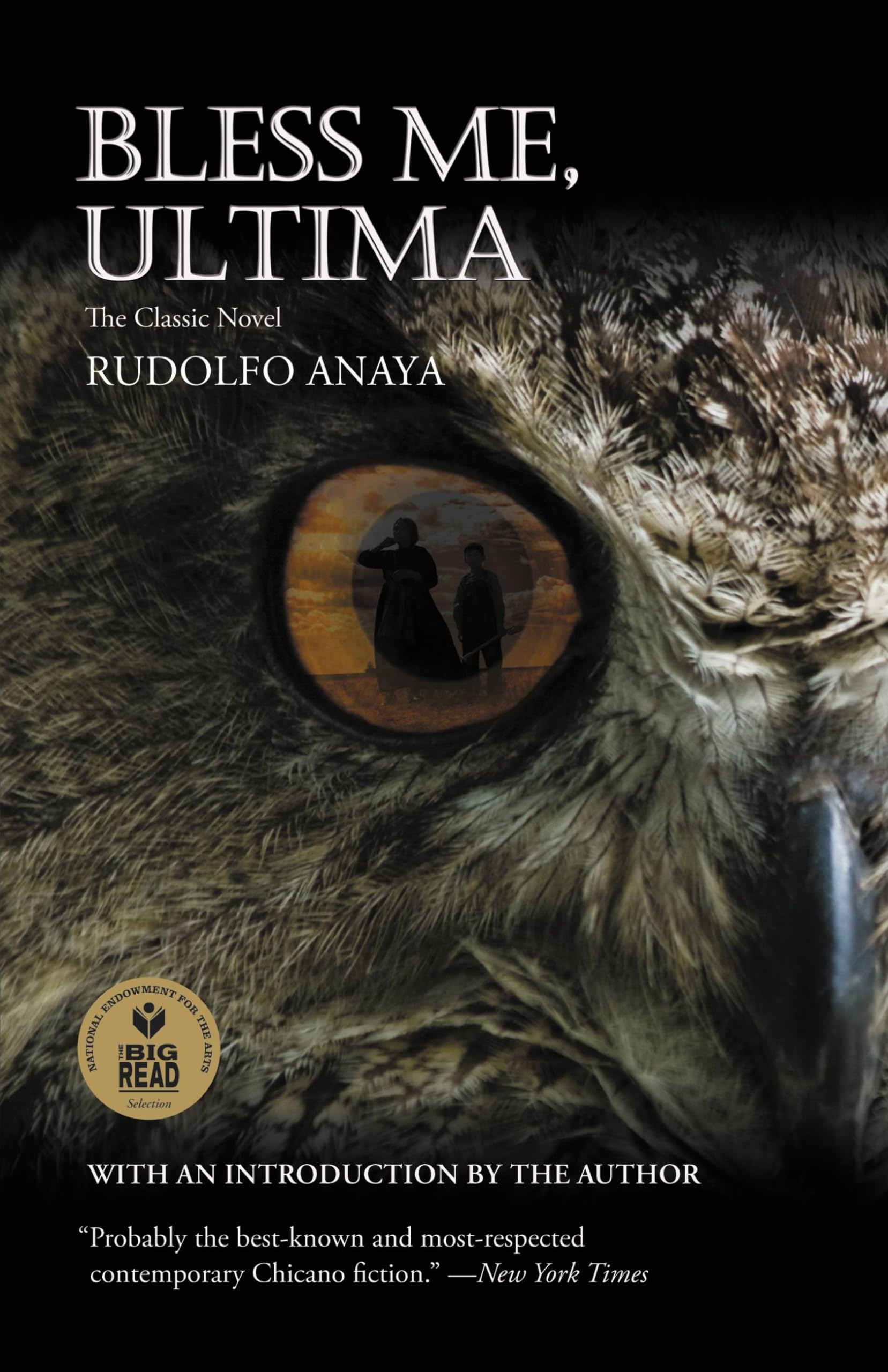When an old medicine woman named Ultima comes to live with his family, young Antonio Márez is pulled into a world where magic is real, faith is tested, and good and evil are not what they seem.
Rudolfo Anaya’s “Bless Me, Ultima” blends magical realism with a poignant coming-of-age story. Set in rural New Mexico during the 1940s, the novel follows Antonio Márez, a young boy torn between the conflicting worlds of his parents: his father’s restless vaquero (cowboy) heritage and his mother’s devout Catholic farming roots. When Ultima, a wise curandera (healer), arrives to live with the family, she becomes Antonio’s spiritual guide, teaching him to navigate the interconnectedness of nature, tradition, and morality. Through Ultima’s lessons, Antonio grapples with profound questions about life, death, and cultural identity, particularly after witnessing violence and confronting the mystical stories of his community, like the golden carp legend.
This book is a powerful tool for teaching SDG 3: Good Health and Well-being and SDG 15: Life on Land. Ultima’s herbal remedies and holistic healing practices model sustainable health practices rooted in ecological knowledge, aligning with SDG 3’s focus on well-being through traditional medicine. Meanwhile, Antonio’s bond with the llano (plains) and river ecosystems underscores SDG 15’s emphasis on preserving biodiversity and respecting land stewardship. Antonio exemplifies Open-mindedness as he learns to bridge indigenous spirituality and Catholicism, while his Reflective nature drives his moral questioning of sin and justice.
Educators can use the novel to spark discussions on cultural identity: ask students to compare Ultima’s healing practices with modern medicine or debate the ethical implications of land use in their communities. Projects could include creating herb gardens inspired by Ultima’s remedies or analyzing how myths like the golden carp reflect environmental ethics. Anaya’s rich prose also invites inquirers to explore how folklore shapes cultural resilience, making this a versatile resource for ELA, social studies, or environmental science classes. By weaving personal growth with ecological and social themes, “Bless Me, Ultima” challenges students to reflect on their role in sustaining both cultural heritage and the natural world.

